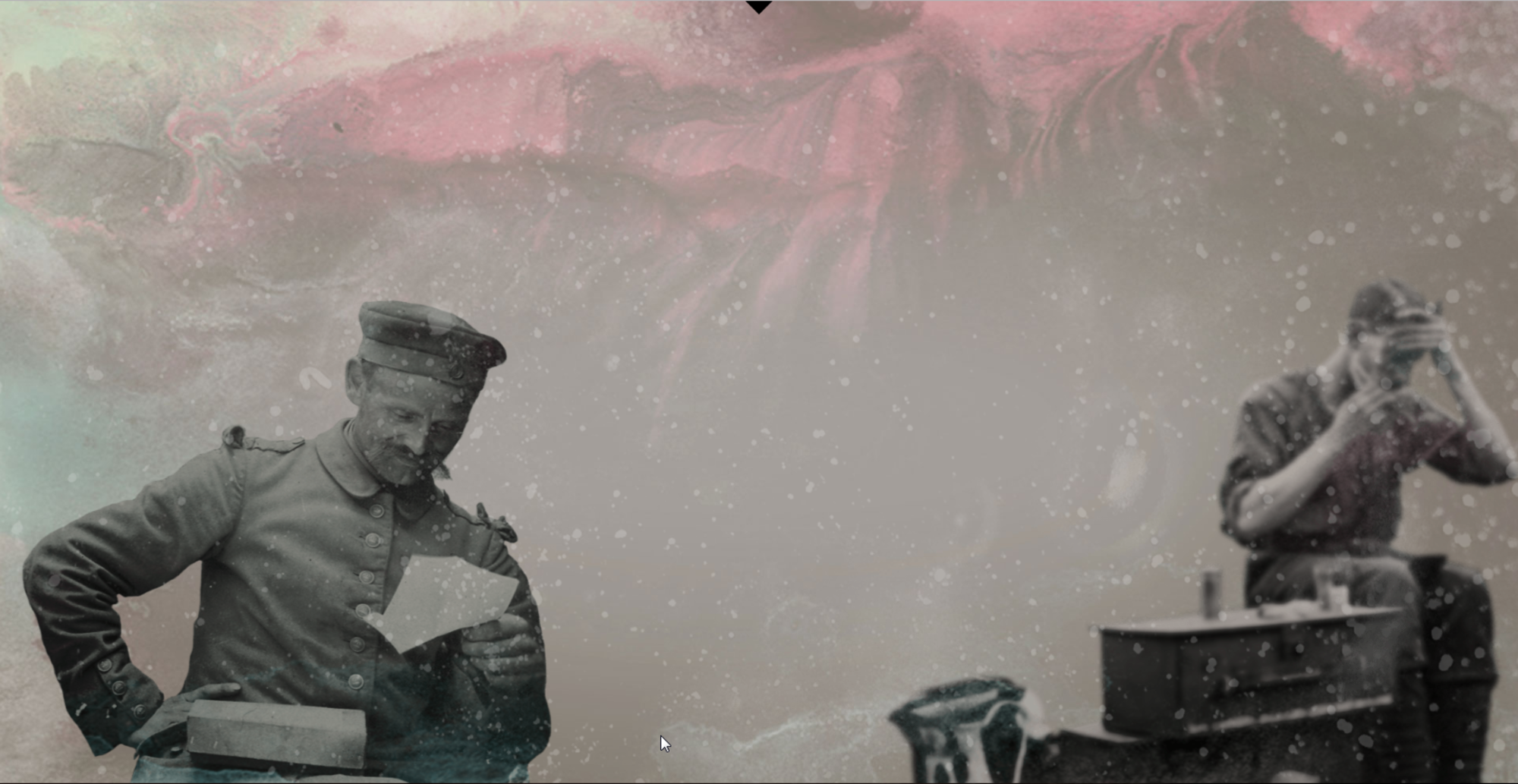
- Home
- Day-to-day life
- Butchers at the airfield
In 2009, in the hamlet known as ‘Au-dessus du Clos’ on the eastern edge of the village of Châtelet-sur-Retourne (Ardennes), preventive archaeological excavations revealed a series of constructions dating from the Great War. These structures corresponded to descriptions of a German military air base established on the outskirts of the village, which served as a base for the rear lines.
Foundation trenches of large hangars, later re-used as rubbish dumps, yielded numerous animal fragments indicating the presence of a butcher’s shop on this site. Two of these ditches yielded horse skeletons, one of which was killed by a bullet to the head. The absence of the limbs and trunk of this animal suggest that it was stripped of its meat for alimentary purposes. Excavations conducted on a third ditch revealed almost 200 cow bones, including around thirty skulls. These remains all revealed traces of butchery; the technical precision and regularity of the traces left on the bones suggest that the meat was cut by a professional.
During the war the German army’s food supply came partly from the purchase and requisition of produce available in the occupied territories. Livestock liable to be requisitioned under this policy might include cows, oxen, bulls and calves.


